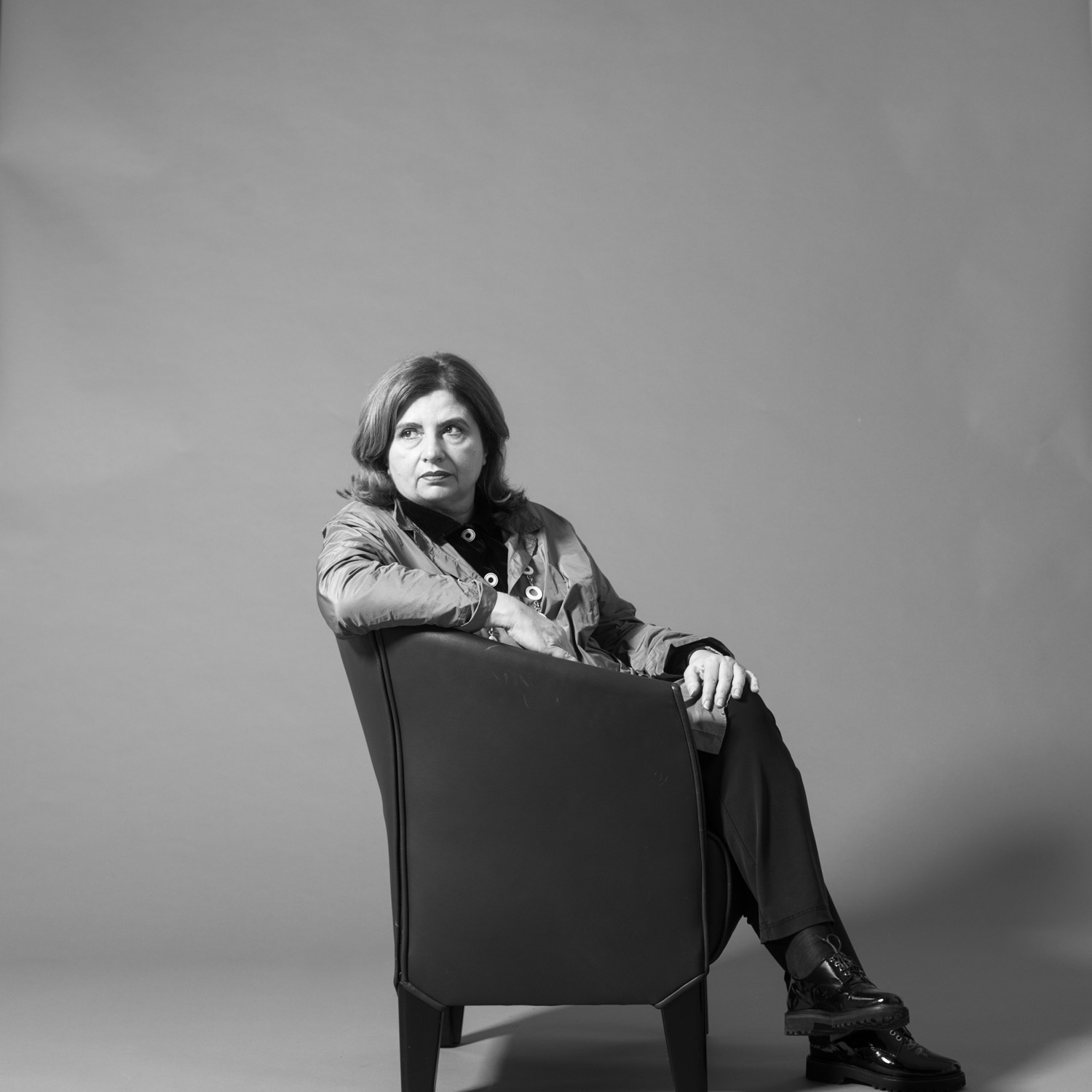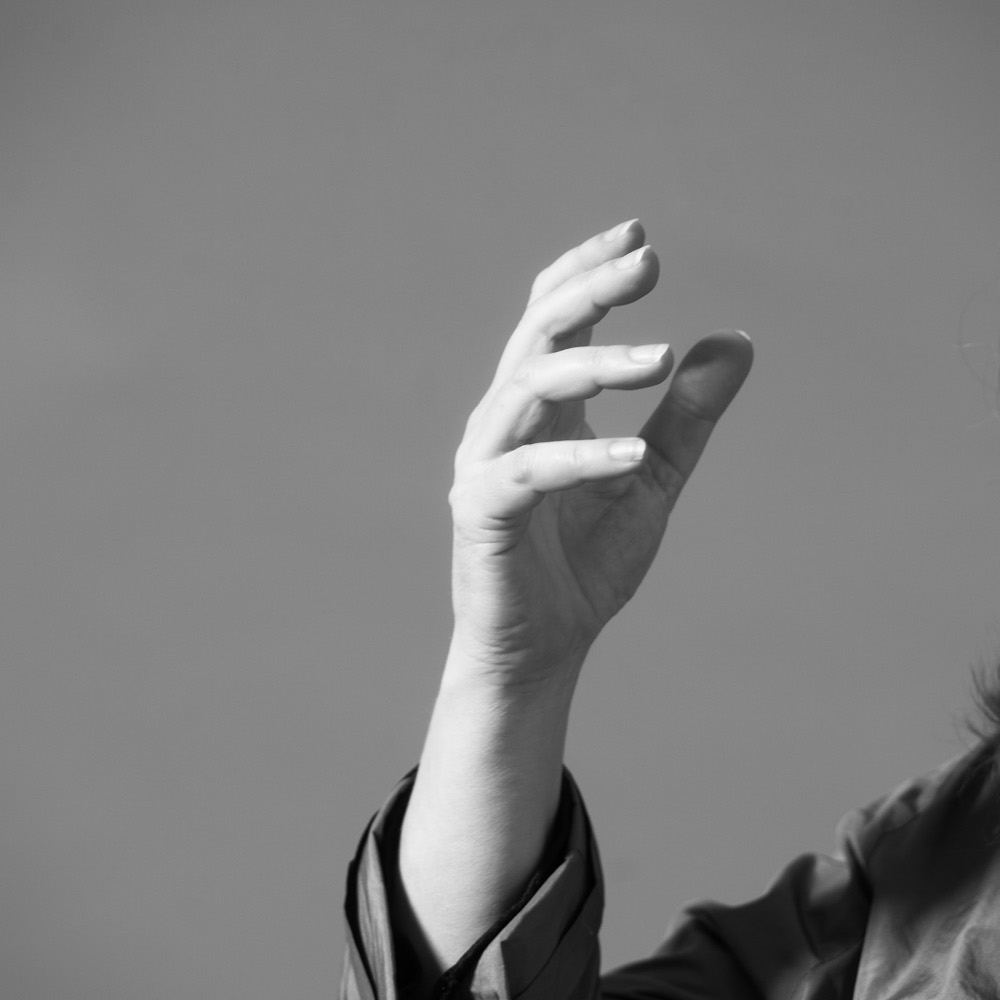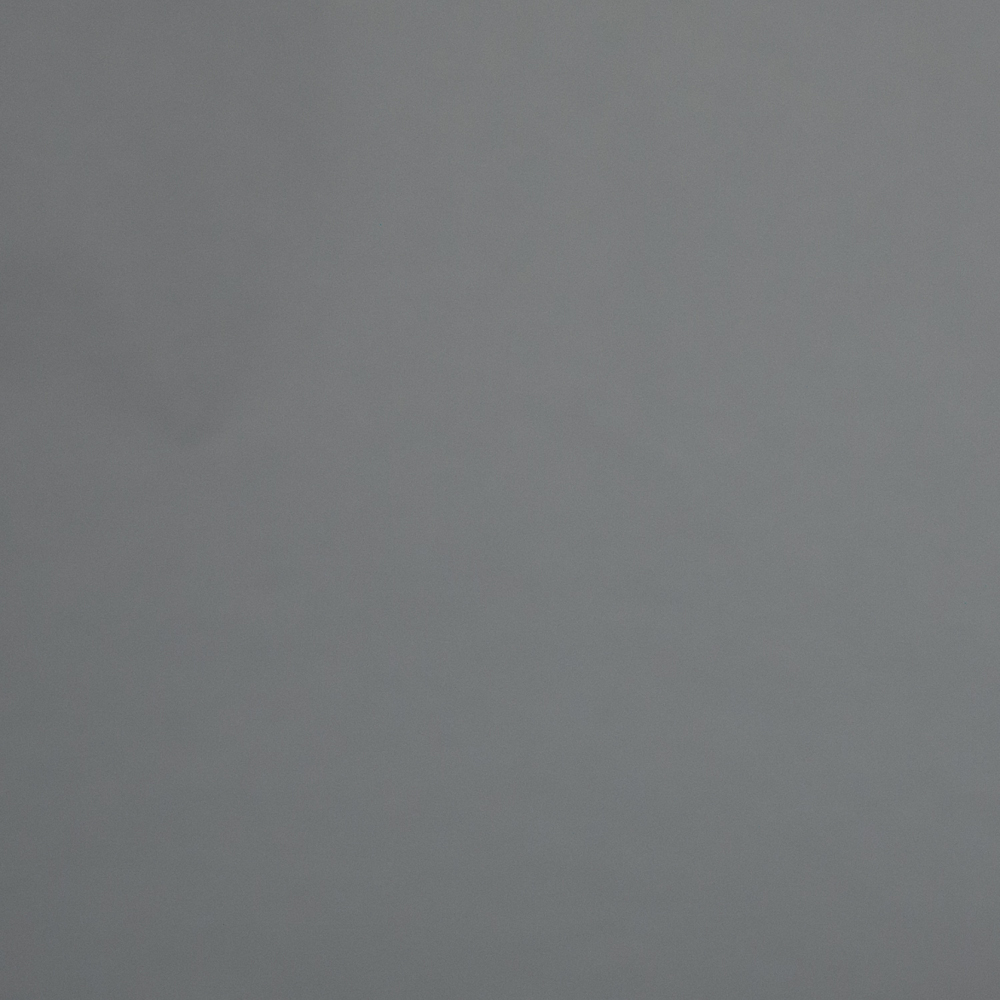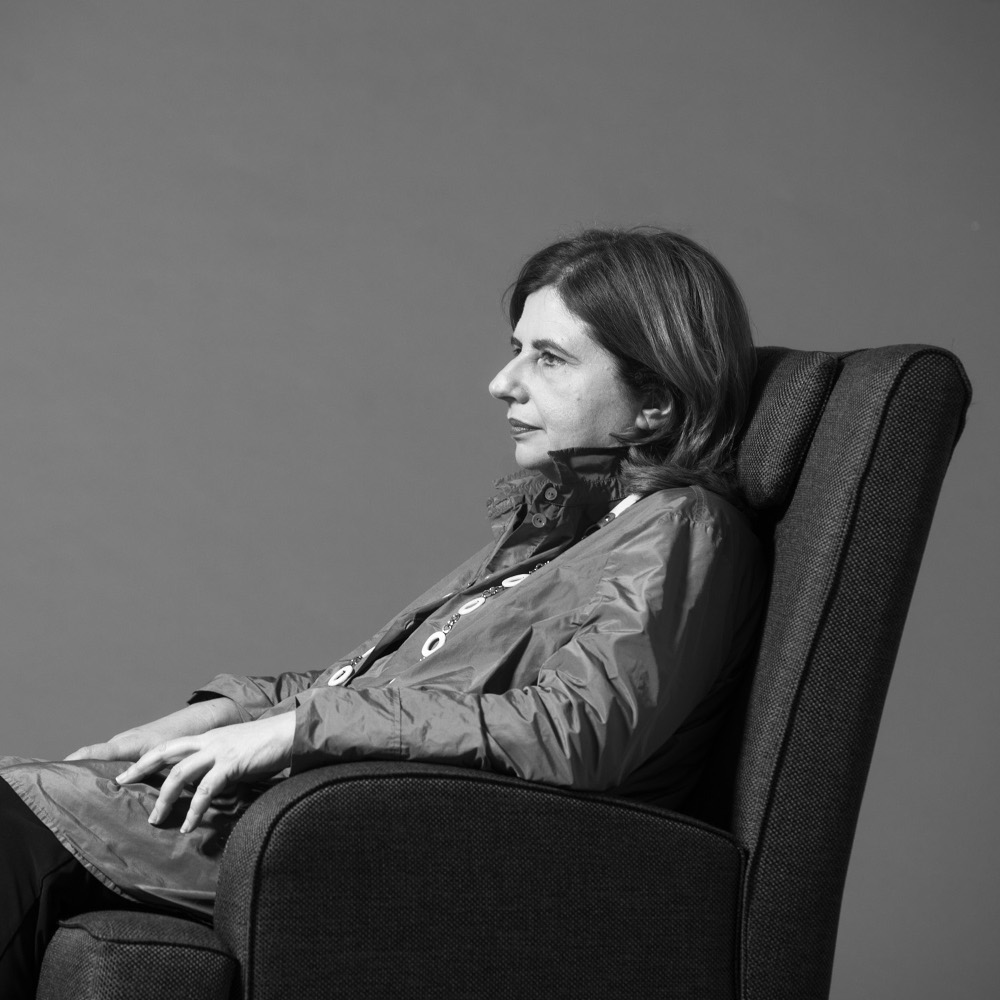Issue 10 / March 2015
Letter from Berlin
The Kolleg
Not just any Kolleg but the Kolleg. In September the Fellows stream into the Grunewald from all corners of the world and rub their eyes in wonderment at the amenities which have been placed so pleasantly at their disposal. Among these amenities is of course the fabulously resourceful library service, really a superb gift that makes it easy for Fellows to bore into a theme and flank and even encircle themselves with towers of books and other materials that have been briskly assembled from all parts of Berlin. And not to forget the opulent and tastefully prepared lunches which can be enjoyed afternoons at 1 pm sharp.
All good and lovely and wonderful.
Yet outsiders and temporary visitors know little of the secret inner workings of the Kolleg – its incandescent inner-voice. This is a concern of those individuals who are permanently employed here, a task that also requires selfless devotion; and only occasionally does a Fellow find – or rather feel – called upon to chime in and keep the intense glow of this whole business up to speed.
“Chime in” – this expression is not carelessly chosen. Weekdays, at the stroke of noon, a curious chant arises, accompanied by banging, drumming, clangoring, squawking, squeaking and high-pitched staccato hissing from the downstairs kitchen and a variety of office machines on the various floors of the Villa Wallotstrasse 19. But one requires very sharp ears to discern this chant and its rhythmic ambient noise. Only the highly schooled ears of composers and musicians are calibrated to this sound and only they can delight in what the sensory hairs of the inner-ear’s housing report back to them. As concerns these individuals caught up in the chant, one recognizes them solely through those teeny tiny displacements in the movements of their mouth, which are not wholly in sync with what they are on the point of uttering in terms of normal conversation. Based on these mouth displacements a sharp observer is able to note that something enormous is underway. There is also an almost imperceptible yet greater rise and fall to their chests, they assume a more upright posture in their chairs, they step a tad more lively through the corridors, and they climb the stairs with increased energy.
Let us begin with the rector. If visitors are perchance on hand then perhaps they notice that the rector appears a bit taller, a smidgen more august, that he attains somewhat greater pneumatic elevation in the seat before them. And the mouth of the man whom they commonly hold to be a dry and sober individual now takes on a certain je ne sais quoi that has descended upon him from the universe and which irritates them without their precisely knowing why. They of course don’t know that the rector is just now engaged in his internal three-minute chant and with which the entire spell (we wish not to call it a nightmare since it serves high-toned purposes) is cast at twelve o’clock. The staff follows the lead singer three milliseconds later, all in one fell swoop, wherever they might be found.
But of course we are dealing here with an in-house hymn whose content is not to fleetingly and tepidly praise creation of the whole; rather, and more precisely, it is a devotion to that divine creative imperative to found and maintain this one particular Kolleg and with no equivalent elsewhere. It is hard to say whether these individuals, dedicated to their chant, are aware of what they are doing. Perhaps not. Naturally the previous rectors in their Wiko rooms participate in the chant as well as the two gentlemen in their dark ground-floor cubbyhole plying their equipment. The hymn is rendered with particular verve by the ladies at reception. And of course – how could it be otherwise – the librarians in the villa across the way do not refrain from the song, pitching in with especial melodiousness, intoning it in a canon-like trio.
Now the musicians and composers, who are thankfully in residence at Wiko, naturally listen more closely than those Fellows devoted to their scholarly studies, they detect the concealed roar that arises and after three minutes again falls silent at a secret command, they discern the upsurge and brusque end of the clandestine performance in their inadvertently twitching fingertips. Without being able to put into words how exactly, they do benefit from it. The fingers of the musicmakers become more supple, limber, agile – they seem to want to escape from the bodies to which they have been attached; should their instruments require oxidation then the air streams from them with unprecedented strength. The composers in turn are tempted to greater tonal mountains – of course they know neither the why nor wherefore since it concerns a dizzying enterprise lent impetus from a higher vantage point and moving hearts and minds over intricate pathways – upward, upward, ever higher and higher! A composer’s head then buzzes and whirrs for several minutes as if the universe had personally issued an order to reflect its matters.
It may be that the one or the other biologist who, bent over a microbe and deep in thought, believes that it whispers something inaudible. It may be that a physicist leaps up from the sofa as if electrified because he believes that the universe has answered his query. Perhaps the one or the other philosopher is struck by an illuminating flash of genius that then takes immediate flight so soon as he puts it down in writing because he falls into the tumultuous sphere of religiosity and not into his own.
And lest we forget the kitchen – the soup is stirred more heartily – look sharp! Vegetables are sliced to the secret beat of the hymn and cooks spiritedly whip, sweep, chop, drub and mop as the rhythmic underpinning of the hymn is being prepared.
Heavens above! And what precisely is this myth-enshrouded ditty? Who is being lauded, bewitched and extolled with all one’s might? That is secret too. Only so much can be revealed – the hymn aims high. Put in soccer terms, it could mean a downfield assist to the Creator with the plea: Let the Kolleg flourish and thrive!
More on: Sibylle Lewitscharoff
Images: © Maurice Weiss




